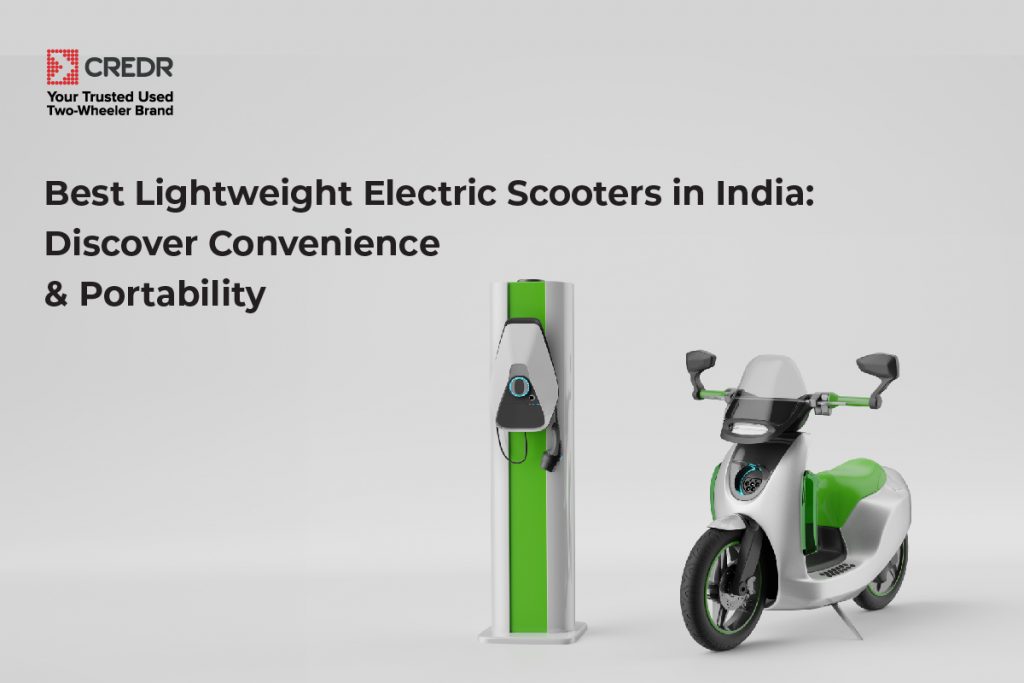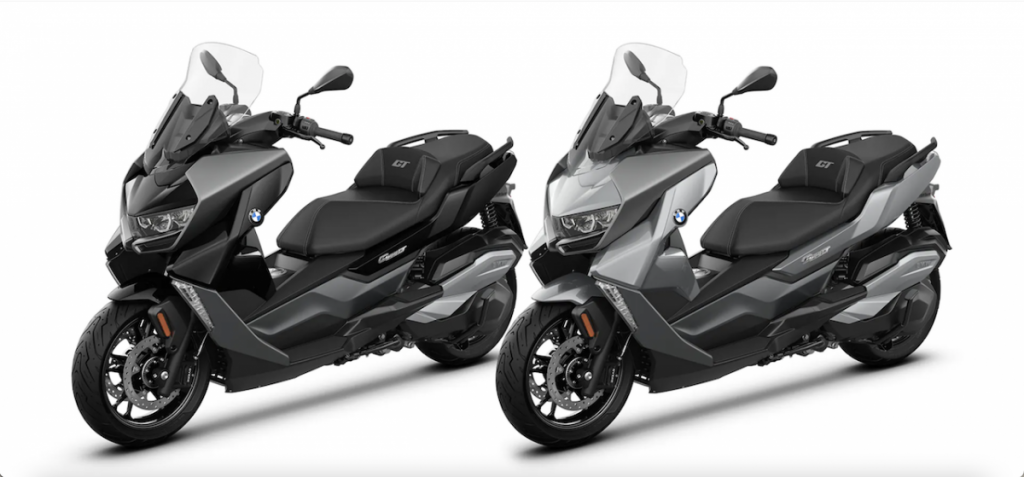India’s EV market can reach up to $37.70 billion by the year 2028. It’s also expected that 44 million vehicles may hit the Indian roads by 2030. The government is encouraging the use of electric vehicles through initiatives like subsidies, tax incentives, and implementation of the FAME scheme.
Electric two-wheelers are taking the segment of clean mobility by storm. These e-bikes are alluring Indian consumers with a blend of quick acceleration, controlled rides, and high breaking power. Buying these fuel-efficient bikes also allows consumers to save money by doing away with the necessity for spark plugs, timing belts, clutches, and engine oil.
Owing to their advanced features, the new-generation electric bikes are piquing bikers’ interest and encouraging them to enter the green mobility era. However, the lack of an adequate number of e-bike charging stations remains a significant concern across the country.
As per a report by JMK Research and Climate Trends, approximately 39 lakh public and semi-public charging stations are required to meet the needs of around 8 crore e-vehicles. In this blog, we will take a look at the key challenges faced by the Indian EV infrastructure and the steps that are necessary to curb them.
E-bike Charging Stations in India: Current Landscape
The infrastructure of India’s EV bike charging station should be upgraded to eliminate any range anxiety among e-bike riders and facilitate quick charging. Currently, initiatives of the Indian government such as the FAME scheme have been launched to promote EV adoption. However, it’s crucial to implement these initiatives in collaboration with the private sector.
The investment of Resident Welfare Associations and the private sector can accelerate the task of setting up an electric motorcycle charging station. Whereas, developing a broad network range independently may pose a challenge for the government.
Also Read: 17 weekend getaways from Bangalore within 200 kms on your Pulsar 150 Mileage Bike
Understanding EV Charging Infrastructure: Key Challenges
Let’s look at the hurdles encountered by India’s electric vehicle charging points:
Lack of Power Grid: The ongoing demand for electricity is exerting a lot of pressure on the power system. It can get adverse with the need for charging electric vehicles. Consequently, the country can witness regular power cuts, especially in rural or underdeveloped areas.
This power shortage can contribute to charging uncertainty and discourage people from adopting electric vehicles. Besides, this can compel private companies or investors to think twice before investing in a charging point for electric bikes.
Insufficient Public Charging Infrastructure: As per the estimates of the Bureau of Energy Efficiency, India should house 46,397 EV fast charging stations in 9 cities by the year 2030. However, there are only 5,234 EV charging stations currently.
The government is encouraging small business owners, RWAs, retailers, and small business owners to set up their charging points for electric bikes. Some of them hesitate to do the same due to lack of funds. Whereas, others need to become more familiar with the benefits these stations hold for their businesses.
Geographical Barriers: India is known for its vast landscapes-from mountains, and jungles, to rivers. This makes it difficult to set up places for eco-conscious riders where they can charge their electric vehicles. For example, places that witness heavy rainfall may need charging stations capable of handling heavy water flow.
The country’s rural-urban divide brings installation and maintenance challenges for operators or installers. For example, the scarcity of resources and low number of EV riders make it hard to install or maintain these stations. Similarly, urban areas pose challenges like limited space. There’s also a need to adopt more electric vehicles to get the best return on the huge investment incurred for setting up the entire EV infrastructure.

Also Read: Best scooters in India for ladies -2023 -24
Beyond Barriers: Strategies for Scaling Up India’s E-bike Charging Points
We’ll walk you through the solutions that help overcome these obstacles:
Renewable Energy: The incorporation of renewable sources of energy with e–bike charging points can reduce the country’s dependence on fossil fuels. It helps control global warming and air pollution. Besides, this decreases the chances of power cuts, while also allowing owners to charge their EVs at reasonable rates. Factors like ample sunshine, convenient wind patterns, and numerous rivers in India can be leveraged to produce renewable energy.
Enhancing the EV charging infrastructure: Organisations such as the Bureau of Energy Efficiency and the Ministry of Power aim to install these charging stations across cities, public areas, and highways. The FAME India program looks forward to installing 2,877 stations across several states. They also aim to build 1,576 stations along 16 highways and 9 expressways. This decreases the range of anxiety among drivers by allowing them to charge their vehicles whenever required.
Besides. the Energy Efficiency Services Limited initiative of the Ministry of Power encouraged private companies to construct around 810 charging stations.
Drive in Private Sector Investment: The Indian government appreciates the private sector’s contribution towards the installation of EV bike charging stations. Several plans have been put forward by the government to encourage private-sector investment.
One such plan is Faster Adoption and Manufacturing of Electric Vehicles. In this plan, the government motivated oil companies to build several electric vehicle charging stations by distributing INR 800 crores. Also, the government is allowing 100% Foreign Direct Investment in this sector. The National Electric Mobility Mission Plan also encourages the use of electric and hybrid vehicles.
Fast-charging technology: Charging an EV’s battery with a regular or slow charger can take up to one to five hours to charge completely. So, by developing fast-charging technologies, the government can reduce range anxiety and charging time. The fast-charging technologies can lower the need to set up several charging stations across the country. Furthermore, the government is ready to offer financial support for the setting up of fast-charging stations.
Conclusion
The widespread adoption of electric vehicles across Indian states promises a greater tomorrow. However, it puts forth the need to develop a reliable charging infrastructure. Developing a proper e-bike charging infrastructure helps to mitigate greenhouse emissions and escalate the production of renewable energy. And, CredR always advocates to opt for an eco-friendly ride. Get your first E-bike from us!




